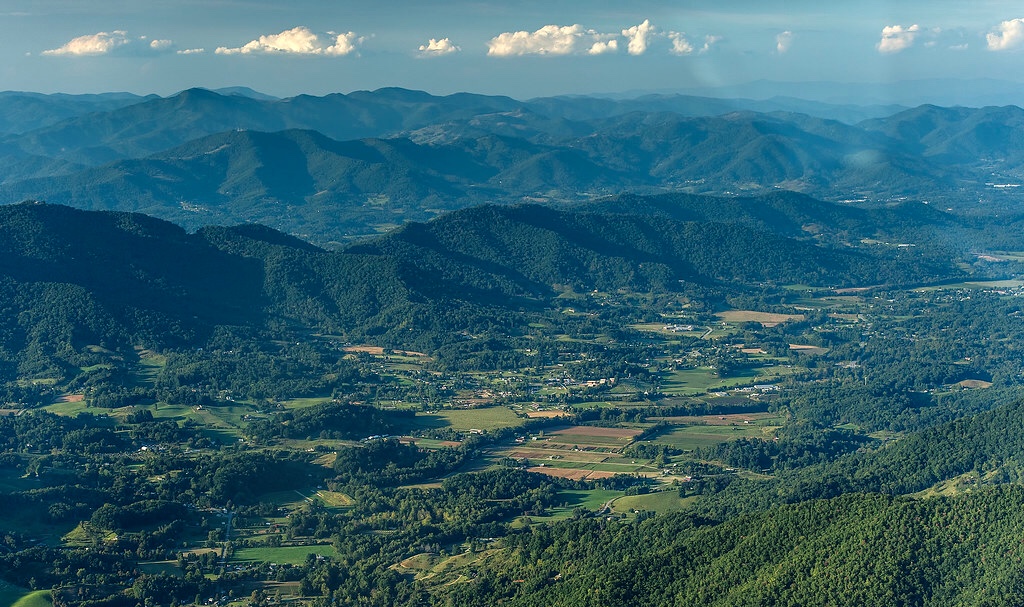Learn How to Grow: Working With Steep Slopes
go.ncsu.edu/readext?651685
en Español / em Português
El inglés es el idioma de control de esta página. En la medida en que haya algún conflicto entre la traducción al inglés y la traducción, el inglés prevalece.
Al hacer clic en el enlace de traducción se activa un servicio de traducción gratuito para convertir la página al español. Al igual que con cualquier traducción por Internet, la conversión no es sensible al contexto y puede que no traduzca el texto en su significado original. NC State Extension no garantiza la exactitud del texto traducido. Por favor, tenga en cuenta que algunas aplicaciones y/o servicios pueden no funcionar como se espera cuando se traducen.
Português
Inglês é o idioma de controle desta página. Na medida que haja algum conflito entre o texto original em Inglês e a tradução, o Inglês prevalece.
Ao clicar no link de tradução, um serviço gratuito de tradução será ativado para converter a página para o Português. Como em qualquer tradução pela internet, a conversão não é sensivel ao contexto e pode não ocorrer a tradução para o significado orginal. O serviço de Extensão da Carolina do Norte (NC State Extension) não garante a exatidão do texto traduzido. Por favor, observe que algumas funções ou serviços podem não funcionar como esperado após a tradução.
English
English is the controlling language of this page. To the extent there is any conflict between the English text and the translation, English controls.
Clicking on the translation link activates a free translation service to convert the page to Spanish. As with any Internet translation, the conversion is not context-sensitive and may not translate the text to its original meaning. NC State Extension does not guarantee the accuracy of the translated text. Please note that some applications and/or services may not function as expected when translated.
Collapse ▲2020 Haywood County Garden Tour: Share The Bounty
Haywood County is unique in Western North Carolina. We have the highest average elevation, with many mountains over 5K feet. We have the biggest watershed, with most of our rivers and streams originating in the county. And we have the most working agricultural acreage in the broad valleys and coves between the mountains.

Haywood County real estate in Cecil township in Western North Carolina aerial photo – © 2014 David Oppenheimer – Performance Impressions Photography Archives – http://www.performanceimpressions.com/
Haywood’s unique geography creates environments, or micro-climates, that make growing in the mountains challenging. One spot may be steep and craggy, where you have to carve and terrace growing space out of the hillside. Another spot may be in a broad and open valley, but prone to flooding in our frequent rains.
The 2020 Haywood County Garden Tour (July 11, 2020) offers a great learning opportunity for gardeners, homesteaders, and educators. The Gardens selected for the 2020 Tour showcase the diversity and bounty of Haywood horticulture. From market farms to native landscapes, the owners have met the challenges of growing in the mountains with creativity, care, and generosity. Master Gardener℠ volunteers will be available in each garden to provide information on how the garden owners met the unique challenges of their property.
Lessons Learned: How To Deal With Steep Slopes
Haywood’s mountains challenge gardeners accustomed to level, sunny growing areas. Here they may have to carve terraces out of hilly slopes to create enough room to grow. On the Tour, you will see a lot of different solutions for growing on steep slopes.

Oakleaf Hydrangeas, with their fibrous root systems, are a native, low-maintenance solution to dealing with sloped areas.




